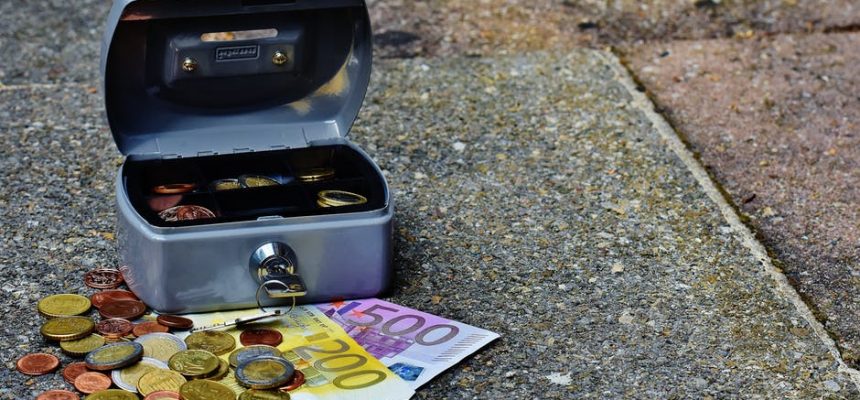Saving on Transaction Fees When Travelling Abroad
- by Edward Mengl -
- December 13, 2017 -
- 0 Comments

Whenever we travel across borders within the EU we don’t really feel the effects of the costs of cross-border transactions. In fact, I can confidently say that so long as we use our debit or credit cards to complete payments, we don’t feel the effects at all. This leads me to the first pointer one would implement if they wanted to save on transaction fees while travelling abroad, which is that of using your debit card at any and all Points of Sale (POS). Otherwise whenever we travel beyond the borders of the EU countries the transaction fees start hurting a bit.
Debit/Credit card payments
Point of Sale payments don’t incur any transaction fees at all and this applies universally. It doesn’t matter which bank issued your card and it doesn’t matter if the POS merchant uses a different bank to yours. If you swipe your card at a POS you won’t be charged a single cent.
It’s important to notify your bank of your intended travels however as card issuers typically have a built-in fraud-detection facility that can kick in to limit the use of your account should a red flag come up. One of the actions which kick up a red flag is that of your card being used to make payments in a location you’re not likely to currently be in, so you’ll have to notify your bank that you intend to travel abroad and may use your card.
ATM Withdrawals over Money Exchanges
Money exchanges are typically visibly on offer in and around major tourist centres like popular tourist towns and at the airport. They’re very convenient as a foreign currency exchange point, but are still very expensive with very steep fees. Typically there are two charges involved, one being that of local VAT while the other is that of the commission added to the exchange rate so that those money exchange establishments can make a profit. To reiterate, these are typically way too expensive if you compare them with the fees you’d incur drawing money straight from an ATM.
At Guarulhos International Airport in Brazil for example, there are some money exchange agents sitting at a MasterCard branded table who do currency exchanges, but if you walk out of the airport building and look for some ATMs just outside, your international bank card will work perfectly for the withdrawal of some cash and you’ll probably be happy with the lesser fees.
Usually there’s a minimum amount you can withdraw, but still, the fees and charges work out much cheaper than any physical money exchange. Obviously, you can’t exchange physical currency at an ATM, in which case you’ll have no choice but to hit up a money exchange.
Use the Indicative Reserve Currency
Naturally, there are some instances in which you cannot run away from using physical currency, in which case you’ll have to find out which is the reserve currency used. Sure, the local currency is what will usually be used, but in some countries where the local currency’s value is very volatile, like in Egypt, prices are quoted in USD. So in this case it would make sense to have your currency in USD.


